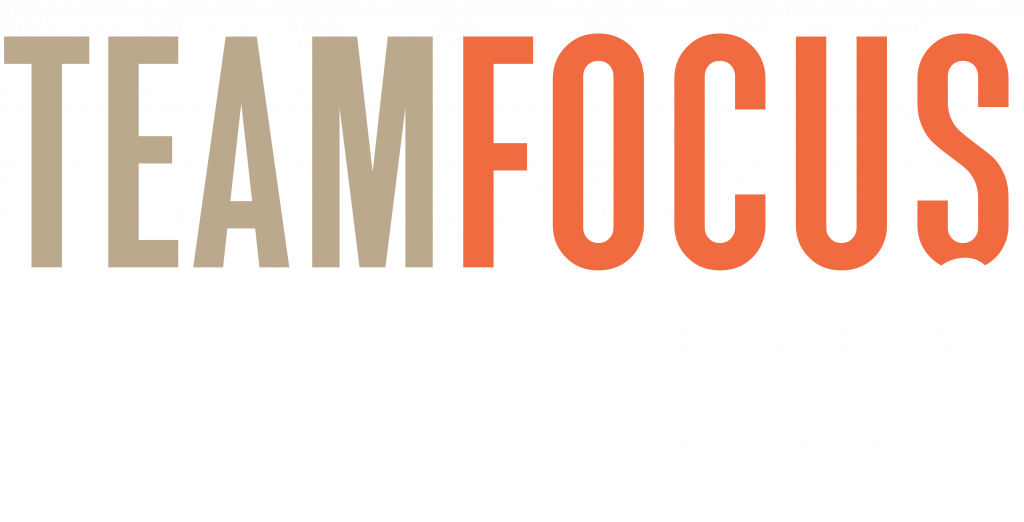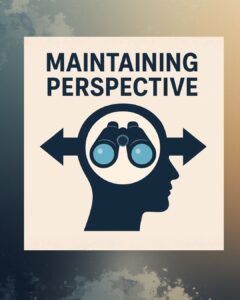Original Article from Dynamic Business: Comments by Ross Judd 9 October 2019
In today’s fast-paced and team-driven business world, every new hire matters. But when it comes time to grow your team, one critical question often emerges:
Do you prioritise cultural fit, or technical skill?
The ideal candidate, of course, would possess both. But in the real world, hiring decisions often come with trade-offs. And more HR leaders are discovering that prioritising workplace fit vs skill can have lasting impacts on team performance and engagement.
Why Cultural Fit Should Come First
Ross Judd, founder of Team Focus and author of Cultural Insanity, puts it simply:
“Your productivity will improve if you select for ‘fit’, even if the person has inferior technical skills.”
Why? Because a candidate who doesn’t align with the team’s working style, values, or culture can cause friction, stress, and disengagement—affecting not just their own output, but the entire team’s performance.
In contrast, when you hire someone who fits seamlessly into your organisational culture, they’ll be naturally supported by peers, more open to coaching, and more likely to thrive.
That’s what high-performing teams do—they lift each other.
Culture-First Hiring as Australian HR Best Practice
Modern HR culture in Australia is shifting towards culture-first hiring as a best practice. This reflects a growing understanding that:
Skills can be taught
Culture cannot
And misalignment costs time, morale, and ultimately, money
Forward-thinking businesses are adapting their HR strategies for culture by:
Defining team values and behaviours clearly
Embedding culture questions in interviews
Engaging managers in cultural assessments
Considering long-term team dynamics, not just short-term output
When cultural fit becomes a core filter, recruitment becomes more strategic and sustainable.
Workplace Fit vs Skill: The Long-Term View
Hiring someone with high technical skill but low cultural alignment often leads to:
Increased turnover
Internal conflict
Lost productivity
Meanwhile, candidates hired for team fit tend to:
Integrate faster
Build stronger relationships
Learn and grow with the team
This is why many businesses in Australia are redesigning their recruitment frameworks to focus on HR and organisational culture alignment right from the start.
HR’s Role in Shaping Culture
HR professionals aren’t just recruiters—they’re culture custodians. And that means placing cultural fit at the centre of talent decisions.
To do that well, HR must:
Work with leaders to define desired cultural attributes
Align job design, onboarding, and team development to support culture
Use hiring as a lever to shape and reinforce the workplace environment
This cultural clarity allows HR to act as a strategic driver of growth—not just an administrative function.
The Bottom Line
When you’re hiring, don’t underestimate the power of culture-first hiring. It’s not just about who can do the job, but who can contribute to the team’s success, values, and future.
In the words of Ross Judd:
“A strong team will coach, develop, and support the new team member. They are part of the team—and that’s what teams do.”
If you’d like help aligning your hiring practices with your cultural goals, we’re here to help.
📧 Email us at team@teamfocusplus.com
🌐 Learn more about our services at www.teamfocusplus.com
Let’s build a workplace where people belong—and thrive.





